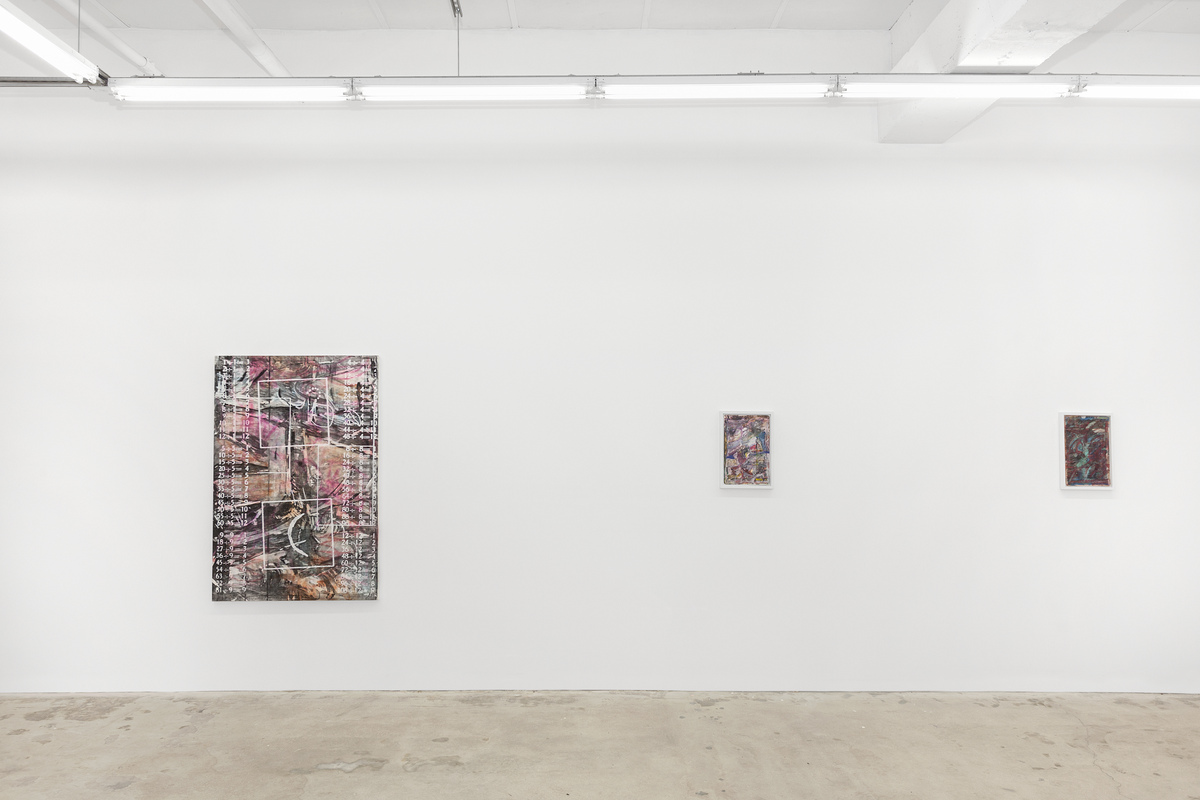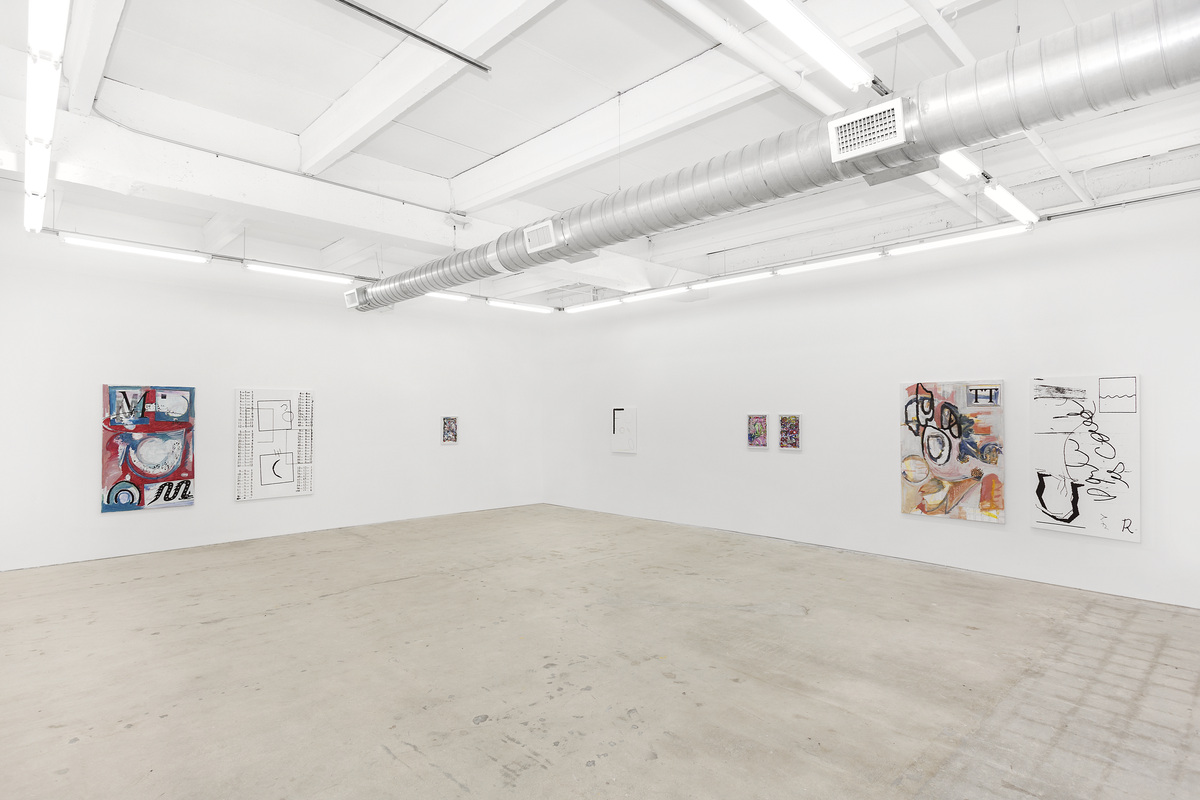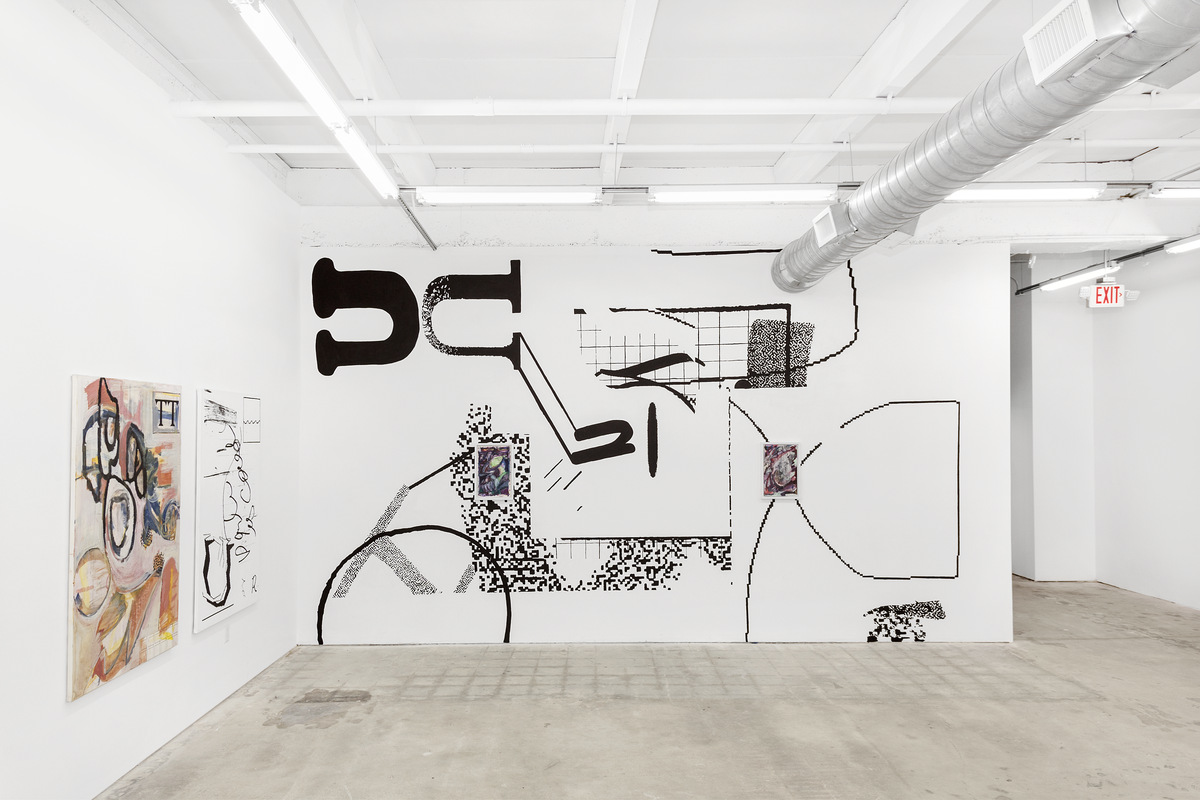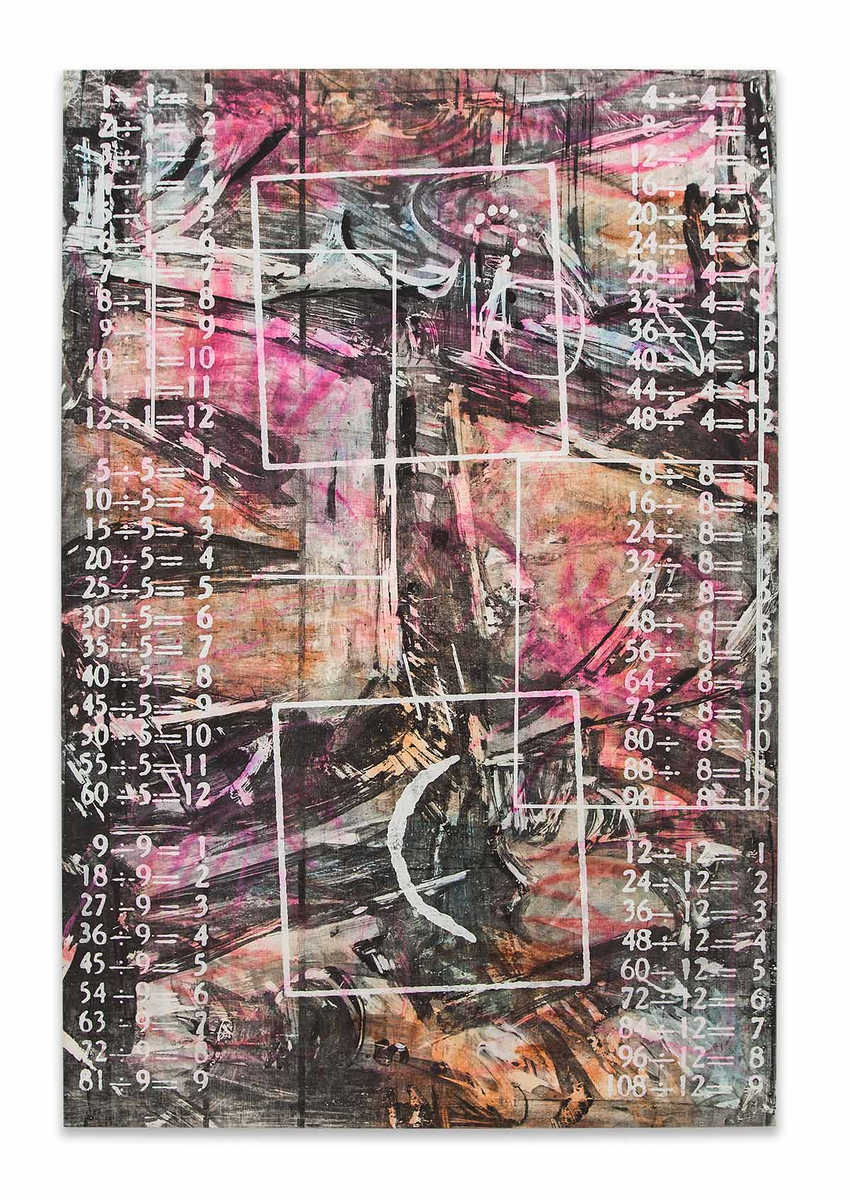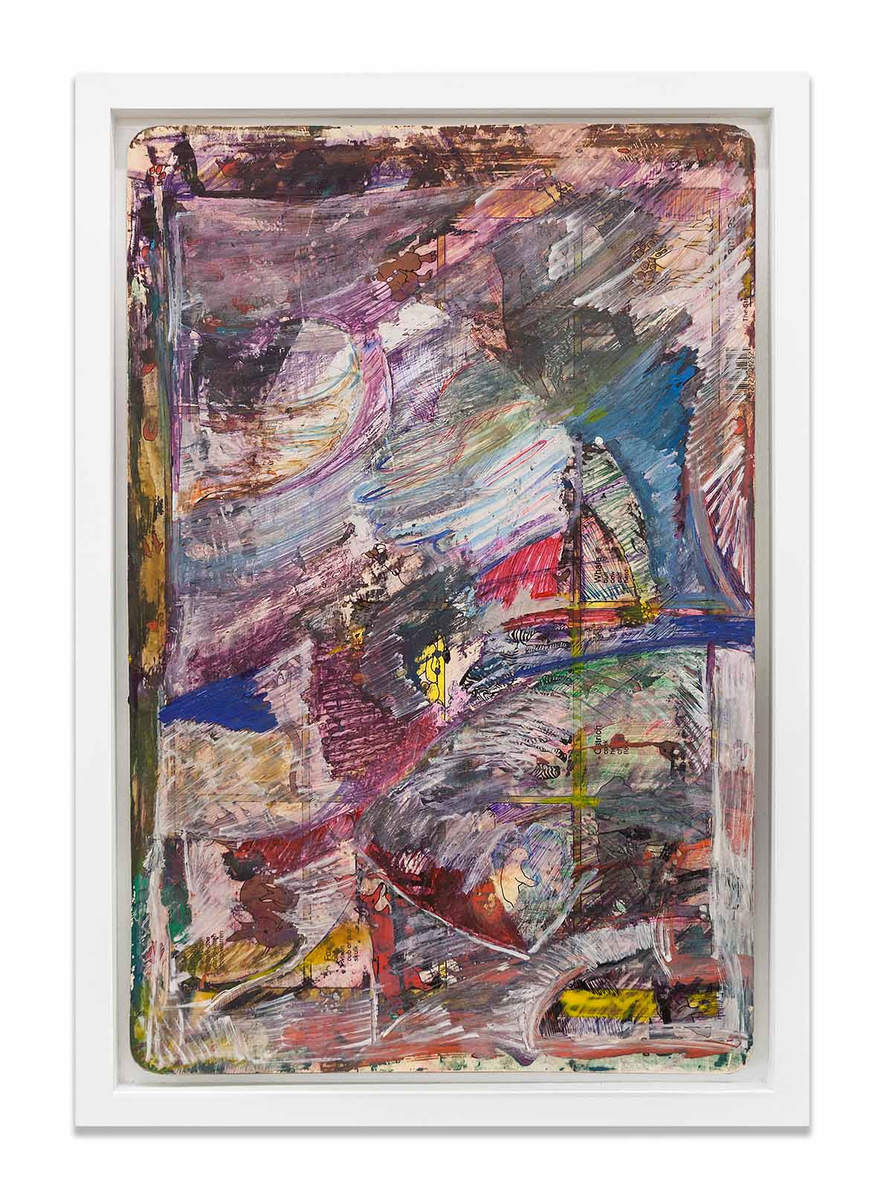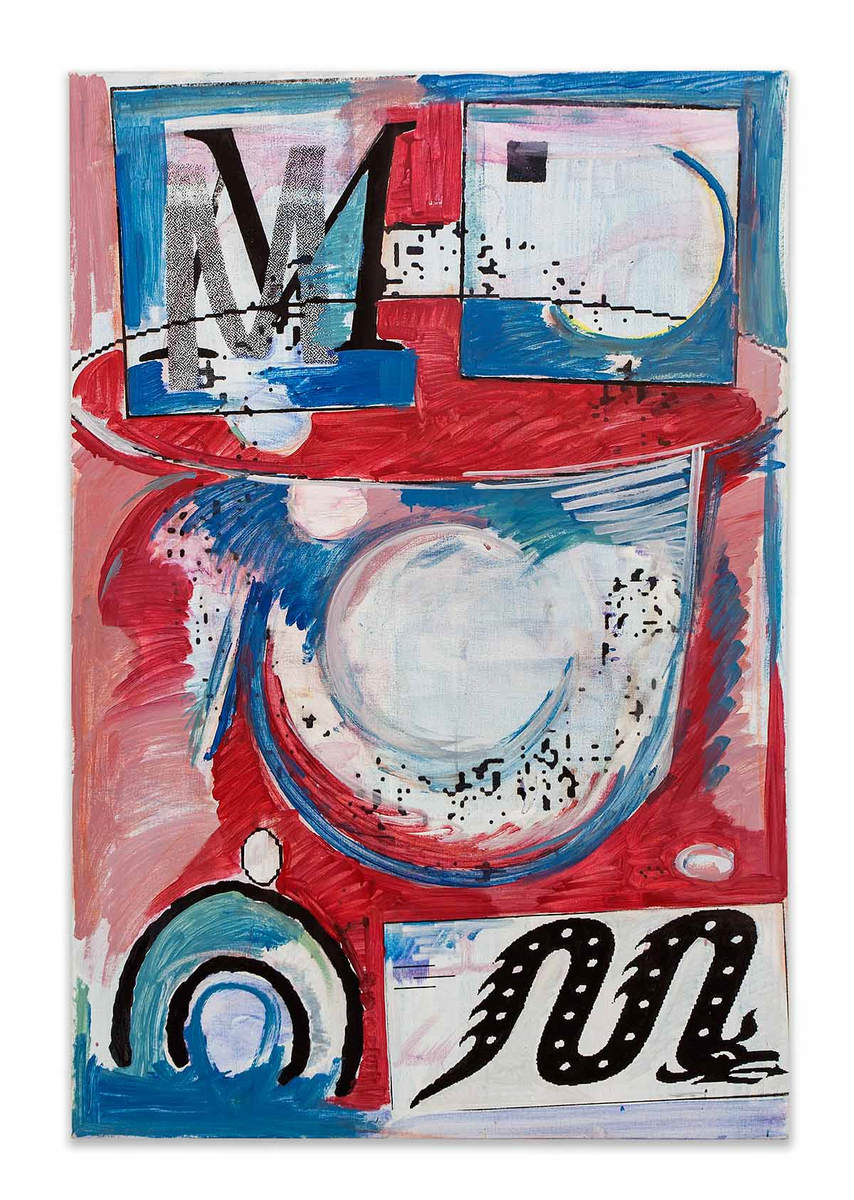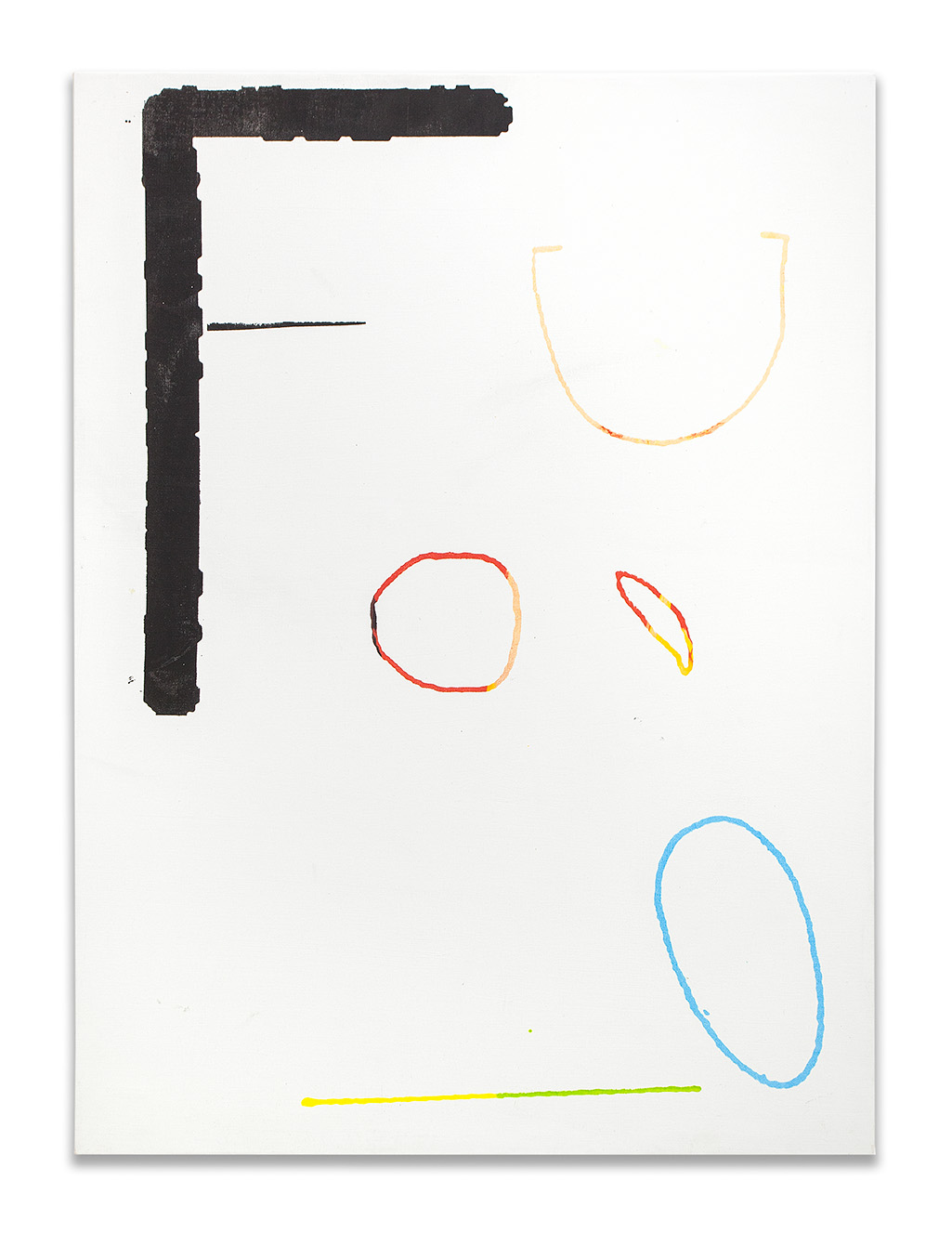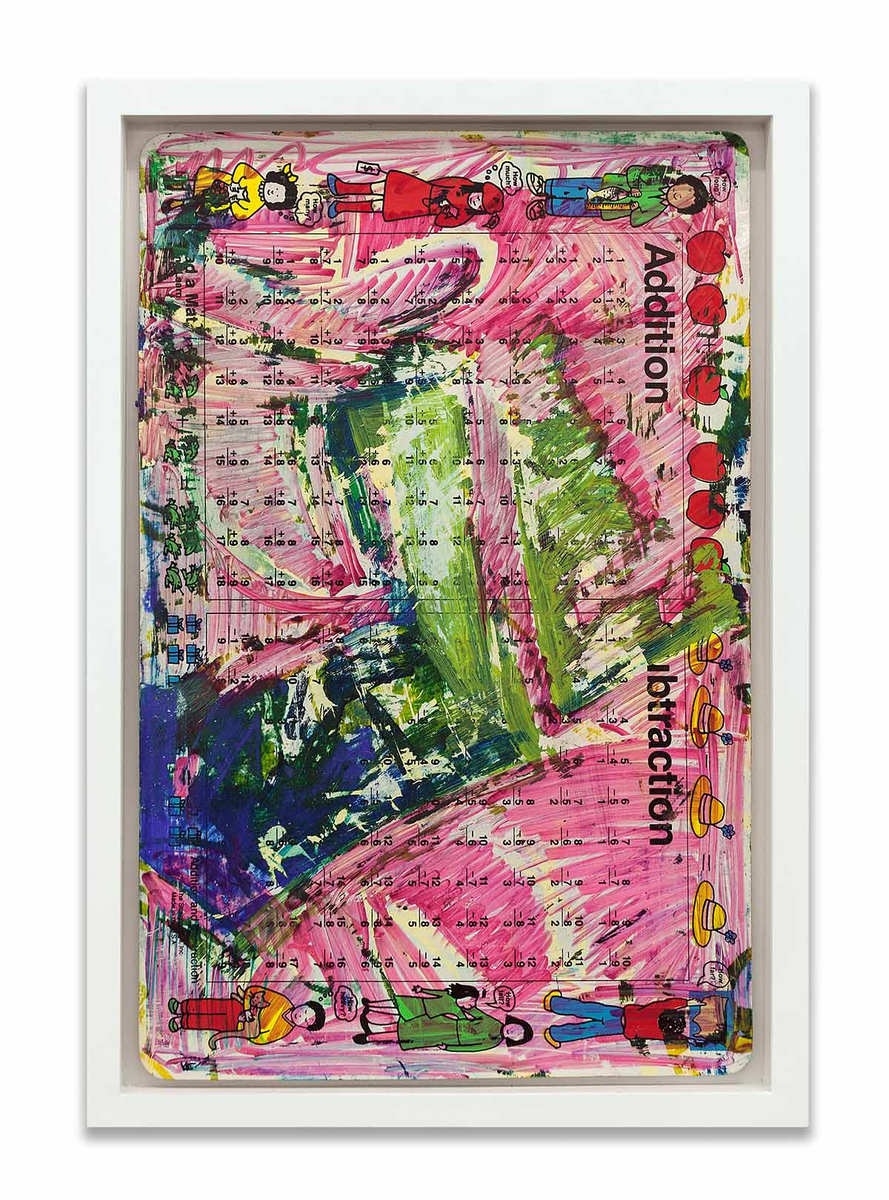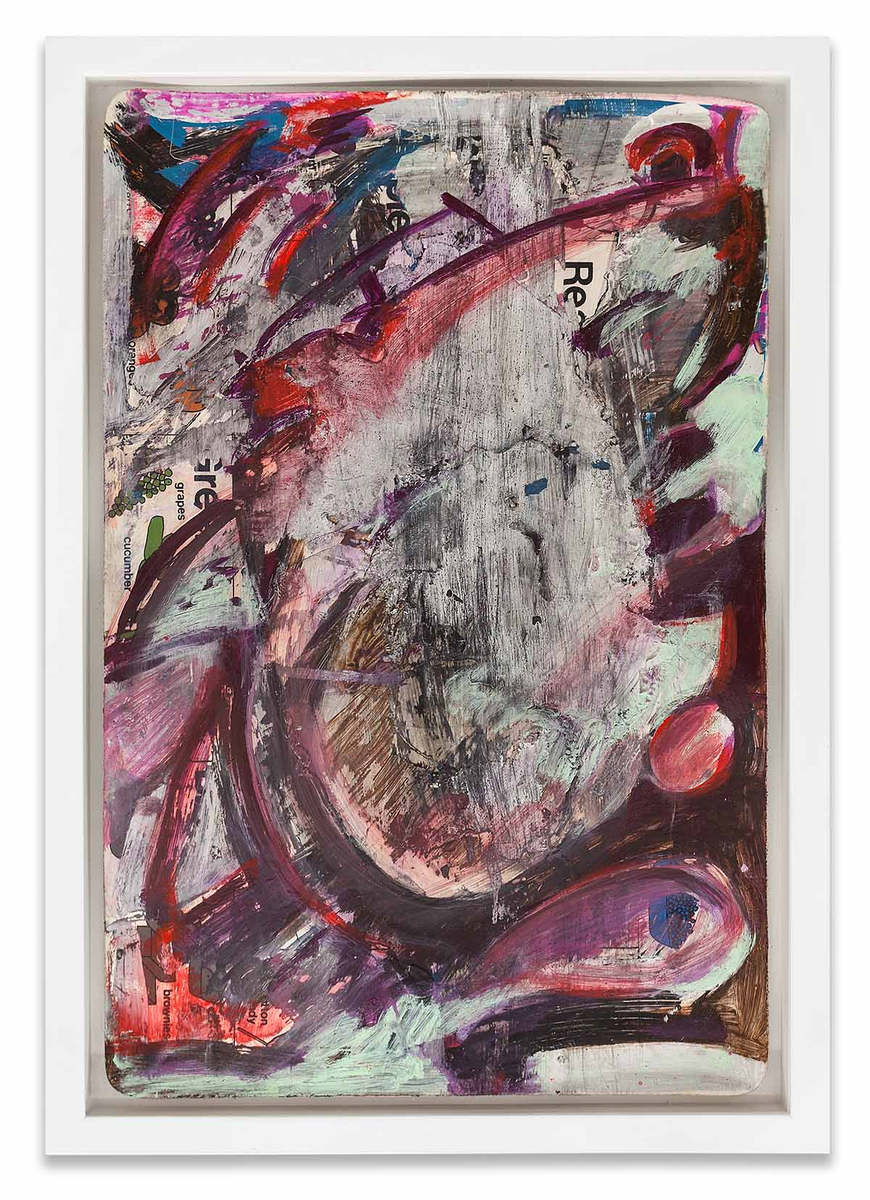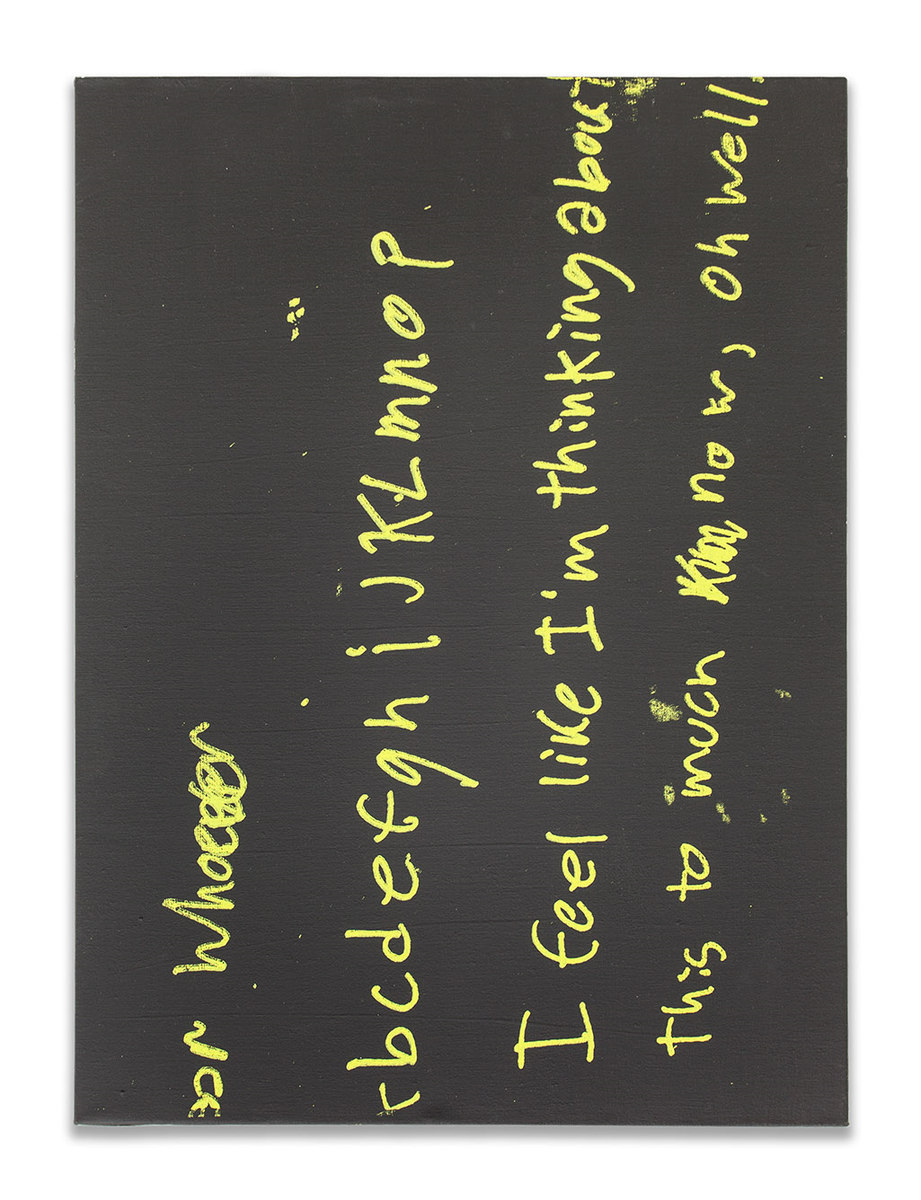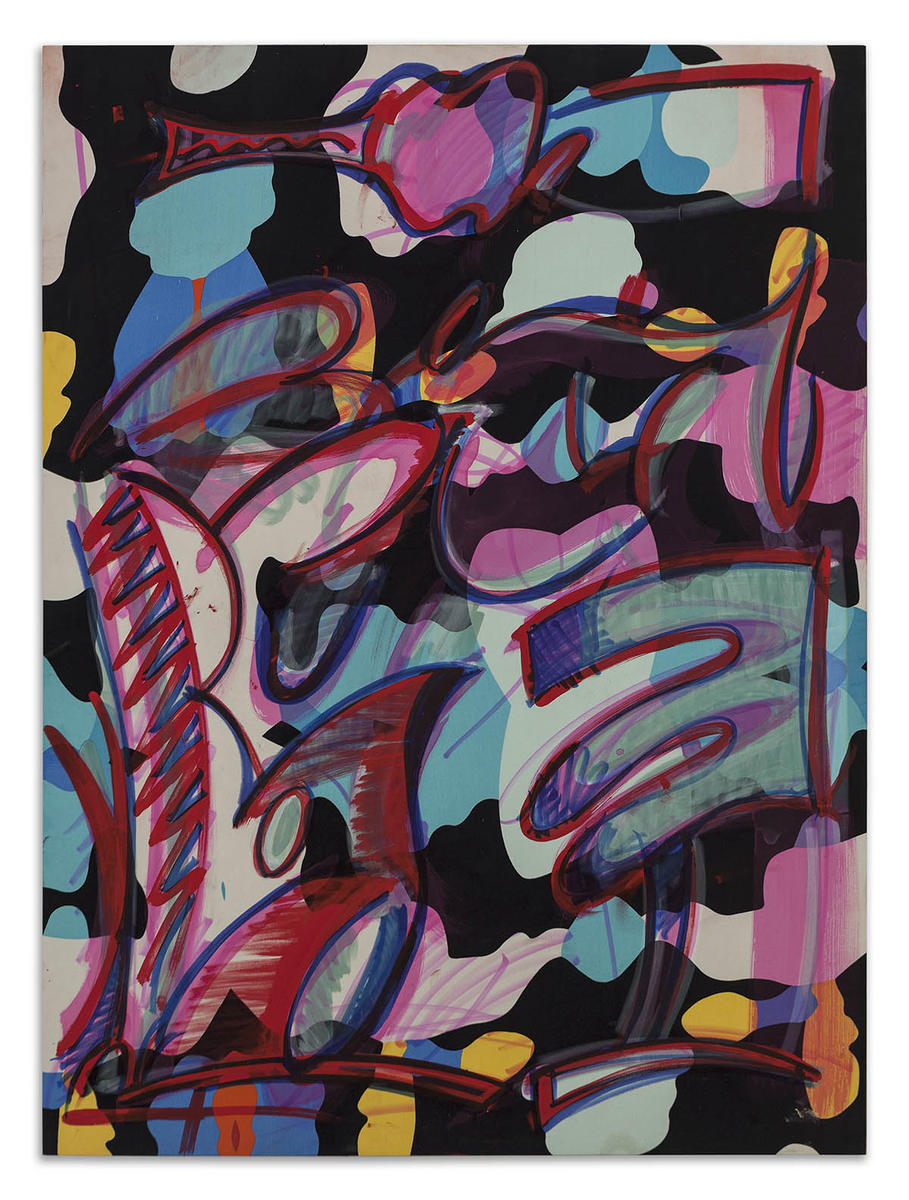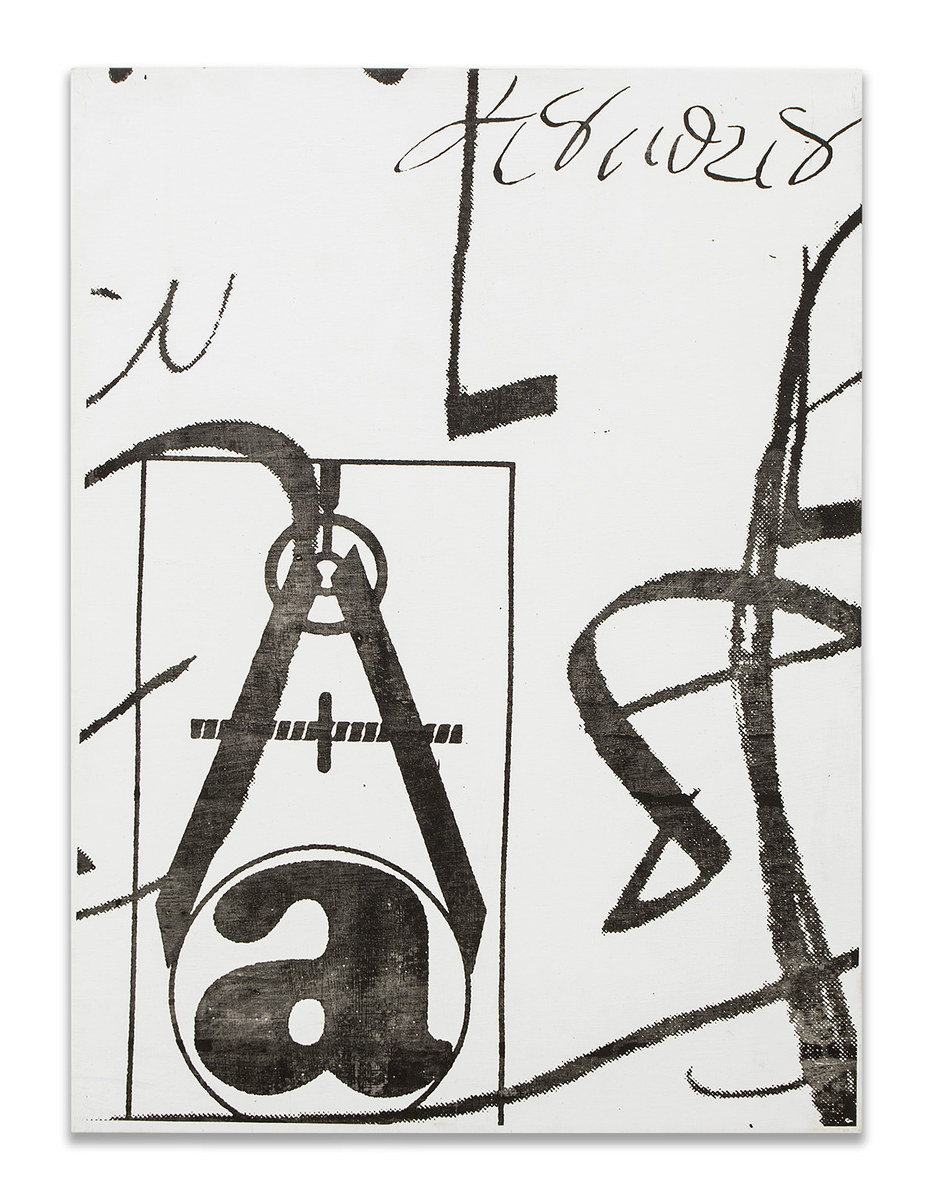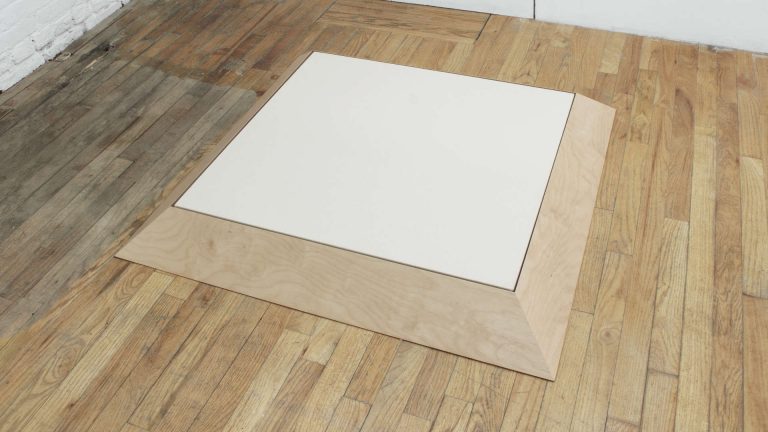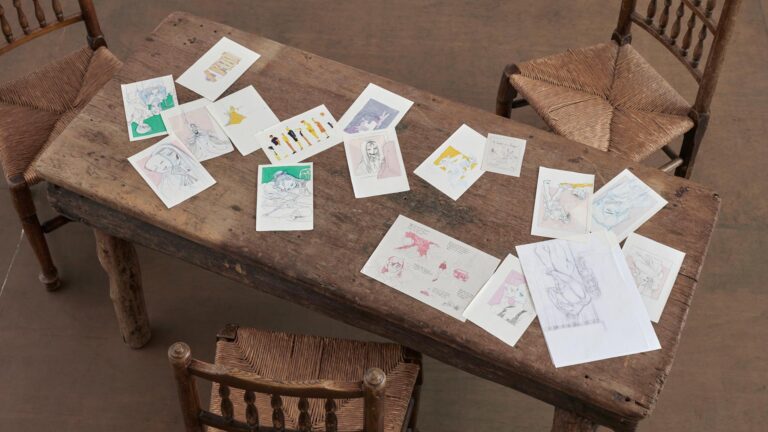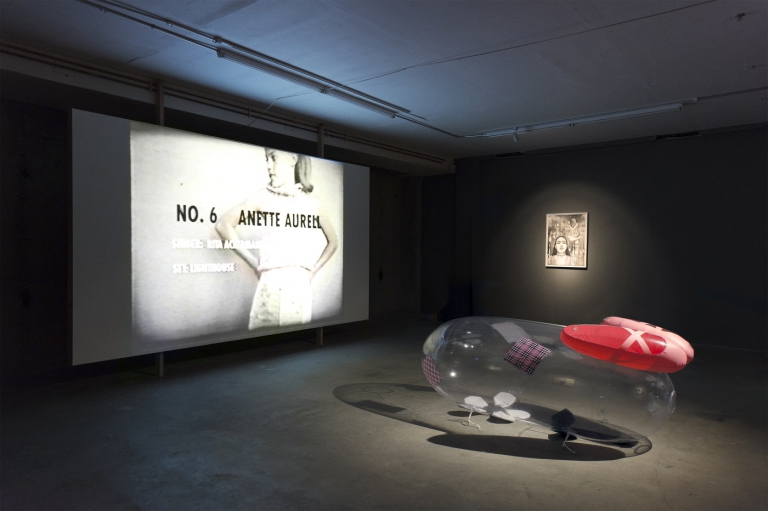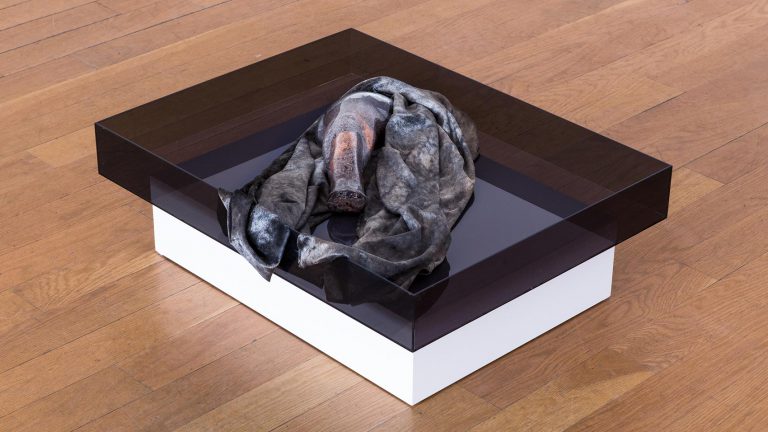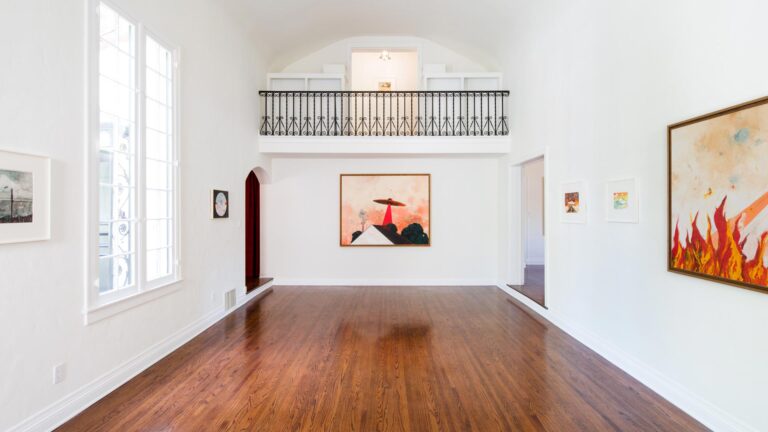
Artist: Sofia Leiby
Exhibition title: abcdefghijklmnop
Venue: Michael Jon Gallery, Miami, US
Date: November 30, 2015 – January 9, 2016
Photography: images copyright and courtesy of the artist and Michael Jon Gallery, Miami
Mark making is a general term artists use to talk about all sorts of lines and the quality of line in a drawing. It is important in doodle analysis, as it can tell a great deal about a person’s state of mind. This can be put together with the content of the doodle.
Often the placement of doodles will be influenced by the handedness of the artist, and whether they are seated, standing or are holding a telephone or clipboard. The amount of paper available is also an issue, as is the intended purpose of the paper; for example, whether it is a shopping list, a lecture pad, diary or calendar, and whether they are consciously leaving space for necessary information to be recorded.
Light or faint lines could variously be interpreted as tentative or sensitive. Is the artist afraid of making a mistake?
Medium weight lines suggest a balanced, confident personality. Heavy marks can indicate resolve, strength, and energy. Aggression produces overly heavy lines, and the paper may be impressed or torn. Varied lines can indicate instability. But remember that lineweight is often used quite deliberately, particularly in pencil drawing, to create shading effects, which may have meaning in the context of the image, but not in themselves.
Rhythmical arabesques might suggest a willful, coquettish distraction, while more purposeful lines might indicate unease.
Sofia Leiby presents a new suite of paintings that reflect her ongoing interest in painting’s relationship to gesture and objectivity. Introducing images derived from handwriting analysis, educational materials aiming to teach reading and writing, and “pen tests” liberated from the art supply store, casual doodles commingle with considered compositions in alternately colorful and black-and- white paintings using silkscreen.
Fascinated by these kinds of marks—positioned, as they are, somewhere between spontaneity and banality—Leiby is curious about the ways in which something like handwriting is both taught and analyzed. The pseudoscience of graphology insists that one decode a person based on his or her gestures, not unrelated to painting analysis, wherein one feels that she can trace the meaning of a given painting in the kinds of emotions conveyed by the artist in the gestures she makes on the canvas, a set of emotions that have a one-to-one relationship to the artist’s personality.
This is perhaps why an interest in handwriting analysis persists despite the fact that cursive script is no longer taught in many American schools, as Leiby discovered in her performances as an amateur graphologist. Related is her use of so-called “doodle challenge graphics,” purported to perform two actions at once: release pent up creative energies, and provide a window into the reader’s character. The recontextualization of these images within Leiby’s paintings serves an elemental function, as a sequence of propositions and mediations that enable her to start a painting and follow it through.
For this exhibition, the additive nature of Leiby’s practice has led her to scale it back to a kind of zero degree of sorts in a recent series of predominantly black and white paintings, which she refers to as minimally functioning images. The works refer to precedents like Albert Oehlen or Christopher Wool, yet in the intervening years, both the style and process by these artists have ceased to be on the cutting edge of artistic techniques and instead function as part of everyday options of visual consumption in a digital age, the technique nostalgic much like the teaching of cursive script. In addition, the early 1990s represent a turning point wherein typing education supplemented handwriting in schools.
One of her subjects produced the note that became the source of Leiby’s exhibition title, having run through sixteen letters of the alphabet before finally giving up. This question of thinking too much is the same that today underlines our relationship to gesture, and by extension the identity that it supposedly secures. (Alex Bacon)


